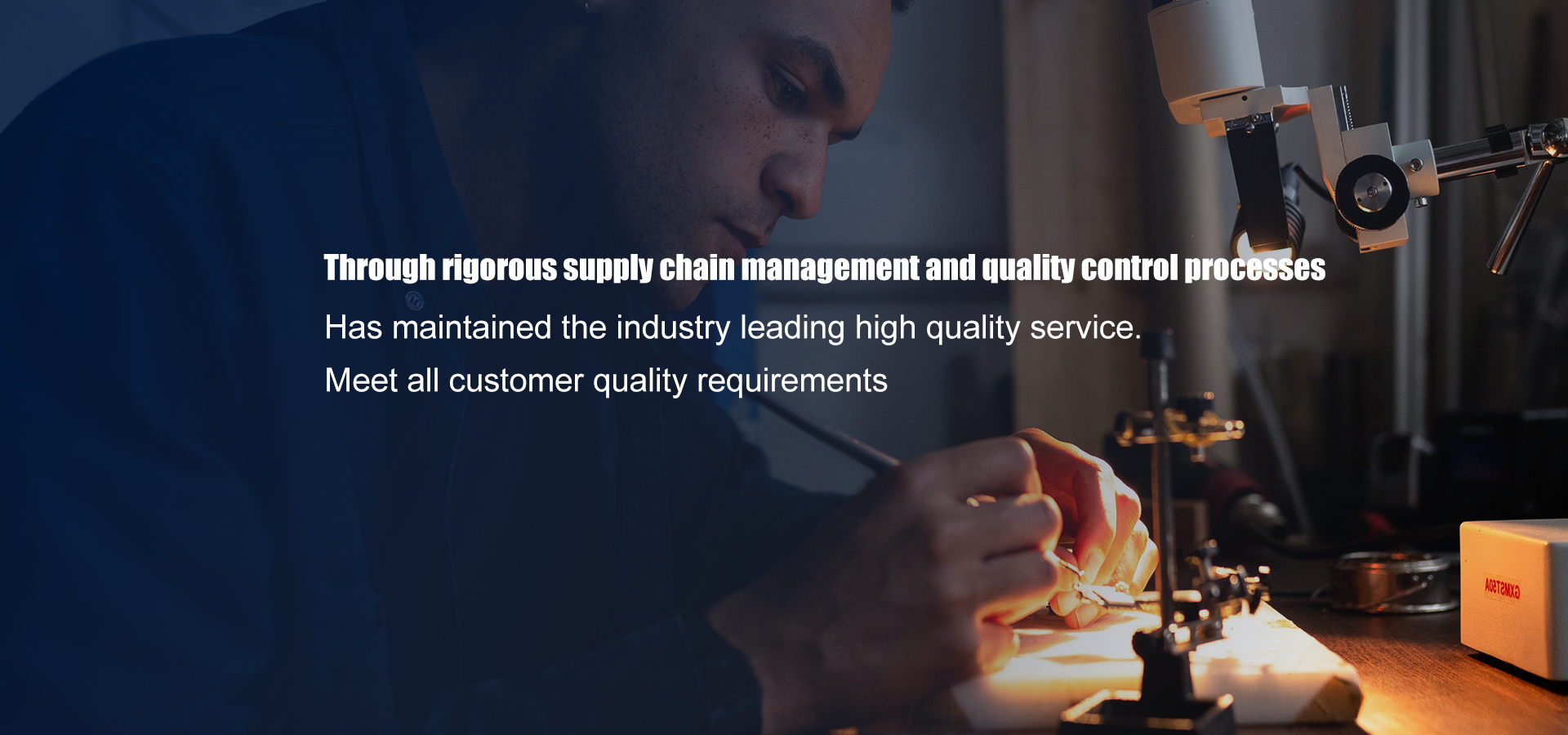

When a single component is missing, the consequences are more severe than you might think: delays, emergency shipping costs, and loss of trust.
We work weekly with manufacturers and procurement teams to address a recurring reality: small gaps in the bill of materials (BOM) quietly evolve into major business risks.
With over 20 years of experience in electronics procurement, we understand that how you design your BOM and manage supplier workflows determines whether a shortage becomes an emergency or a competitive advantage. Below, we share a practical action guide that you can implement as early as this week.
Why Shortages Cause Damage (And Where the Real Costs Hide)
• Production and contract risks. One missing component can halt entire production lines and incur contract penalties multiples higher than the part’s cost.
• Emergency logistics. Expedited air freight or urgent tooling often costs 5–10 times the original part price, instantly eroding profits.
• Time and trust. Engineers and procurement staff spend hours searching for alternatives—time that delays product launches and strains supplier relationships.
A Practical 3-Step Guide to Turn Shortages into Advantages
Design BOMs for Resilience (Not Fragility).
• Maintain qualified alternates (primary, secondary, contingency) for every critical SKU.
• Require specification fields to document acceptable alternates during the design phase (mechanical compatibility, electrical tolerance, lifecycle code).
• Use MOQ=1 sourcing and rapid sample validation to verify alternates before design freeze.Operationalize a 72-Hour Alternate Workflow.
• 24-hour quotes, 72-hour validated alternates (this is how the GENIUNEIC TECHNOLOGY team operates).
• Pre-negotiate commercial terms for alternates to enable emergency orders without renegotiation.
• Local stocking: With dual warehousing (e.g., Shenzhen/Hong Kong) and 3–5-day door-to-door delivery across APAC, you can quickly convert candidate parts into usable alternates.Turn Sampling Losses into Long-Term Assets.
• Treat sample rework and expediting costs as relationship-building investments—document improvements, R&D insights, and risk reduction outcomes.
• Leverage bilingual FAE support to shorten communication cycles (approximately 40% faster) and reduce rework and duplication costs.
• Convert successful sample risk mitigations into contract terms for future orders (preferred supplier status, MOQ flexibility).
On projects where GENIUNEIC TECHNOLOGY commits to a 72-hour alternate workflow and maintains a 98% BOM fulfillment target, clients consistently achieve two outcomes: reduced production line stoppages and lower total cost of ownership. In practice, GENIUNEIC TECHNOLOGY’s typical BOM optimizations save approximately 15% in component costs while reducing obsolete inventory by around 20%—transforming one-time sampling challenges into stronger, faster, and lower-risk production runs.
Practical Next Steps
Shortages will always occur, but your response doesn’t have to be firefighting. Build BOM resilience, operationalize rapid alternates, and treat early losses as strategic investments. This is how procurement becomes a competitive advantage—not just a cost center.
Contact us via email or phone, and our team will provide a rapid BOM risk scan (with sample feedback within 48 hours).


